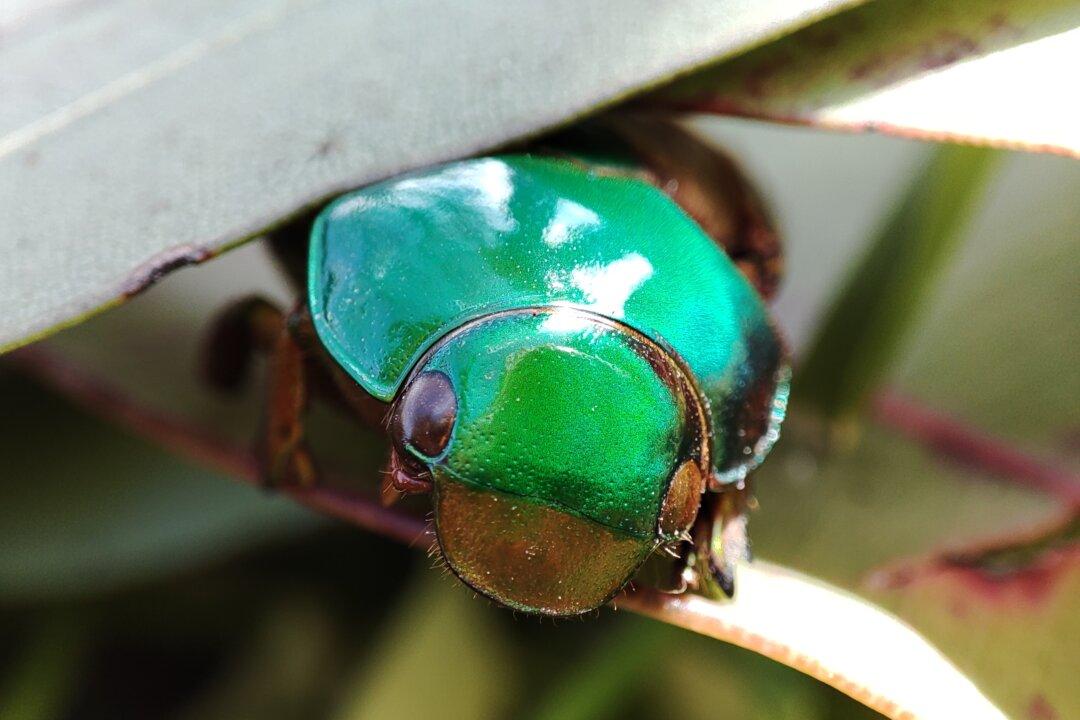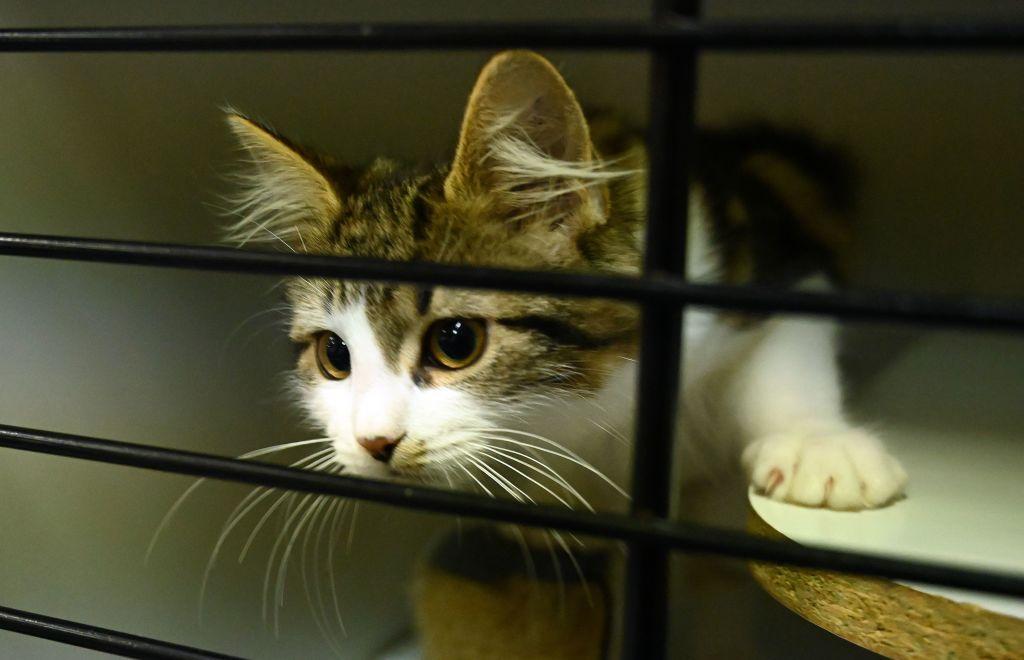Researchers from Melbourne University have discovered how Australia’s Christmas beetles moderate their body temperature through the use of their colourful hard-shell.
There are approximately 36 species of Christmas beetle in Australia and the colour of different species’ “elytra” or hard shell can vary widely. The body temperature of some small animals like insects is directly dependent on their environment and even small changes can impact their fitness.





